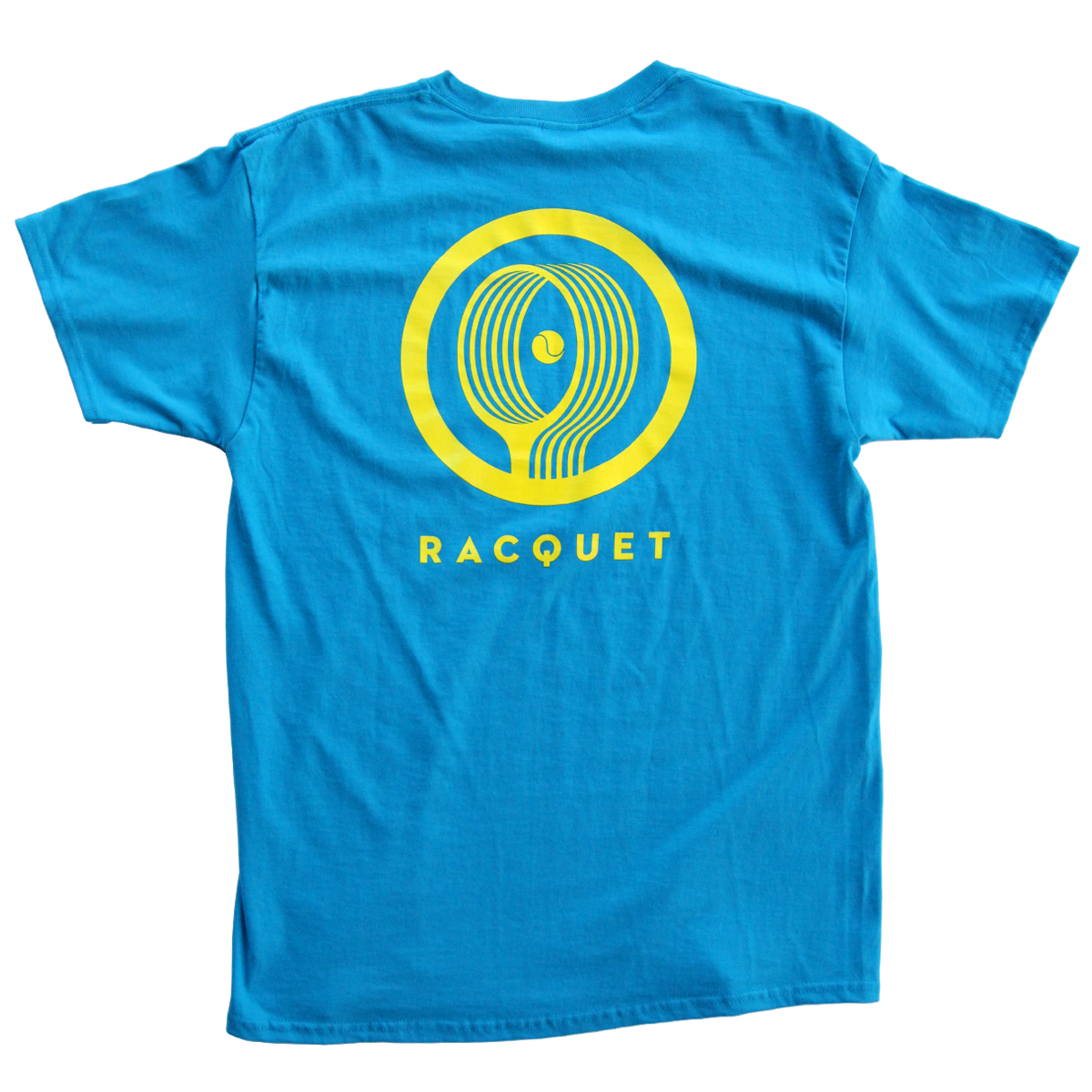By Giri Nathan
Well, that was fun, briefly. The tennis spigot has been off for months. This week it was turned all the way open. On the WTA side, there were three 500-level tournaments (Yarra Valley Classic, Gippsland Trophy, Grampians Trophy); on the ATP side, two 250s (Great Ocean Road Open, Murray River Open) and the second inaugural ATP Cup. That is a lot of tennis. As much tennis as you will ever see stuffed into a week. It was called the Melbourne Summer Series, and it had a noble goal: to get every player in the Australian Open main draw—a sizable chunk of whom would be emerging from a two-week hard lockdown, with no court time—at least one match with stakes, so that they wouldn’t be entering a major absolutely cold. On Tuesday there were upwards of 80 matches in Melbourne, across singles and doubles, across all these events. Too much for any one person to safely consume. And it brought with it all the usual joys: A 17-year-old Carlos Alcaraz won his first match against a top 15 player. World No. 1 Ashleigh Barty hit the courts for the first time in nearly a year. Gael Monfils and Matteo Berrettini did this. Aryna Sabalenka saw a 12-match win streak snapped by Kaia Kanepi. Nick Kyrgios…continued his crusade against anyone sitting in a tall chair. We were back in the flow of tennis.
And just as quickly, on Thursday, the spigot was turned back off: zero matches. That’s because on Wednesday it was announced that a worker at one of the player hotels in Melbourne, the Grand Hyatt, tested positive for COVID-19. The worker tested negative on Jan. 29, his last day at the hotel, only to test positive in following days. As of Wednesday, the state of Victoria had just gone four weeks without a community transmission, so this marked a jarring return to COVID-19 protocol. “We can’t particularly determine how it is the person became infected given that they produced negative test results,” said state premier Daniel Andrews. Some 500 to 600 players and event staff staying at the hotel during the quarantine were considered “casual contacts” of the worker and were instructed to isolate until producing a negative test. So 507 negative tests were produced, 160 of them from players. Masks were back on indoors. All these events hung in stasis.
On Friday the tennis comes back. The start date for the Open wouldn’t be moved, though the draws will come out later than expected. So that means these tune-up tournaments will be compressed into the remaining days, courtesy of some truly hellish orders of play. Will we see Stan Wawrinka play two consecutive matches in a single afternoon to advance to an ATP 250 four days before the start of his 61st career major? That seems doubtful. (He did in fact win his first in three sets over Alex Bolt, and concede the afternoon session against Jeremy Chardy.) Can tennis safely proceed on its usual rigorous timeline, in circumstances any less carefully controlled than Australia’s masterful work? That also seems kind of doubtful. But tennis is in Australia right now, so might as well tune in and enjoy their fragile success while it lasts.
Above: Stan Wawrinka is happy to have tennis back, too. (Getty)



